COCO is an AI-powered appointment scheduling software that helps reduce wait times, decrease no-shows, and increase your institution’s profitability.




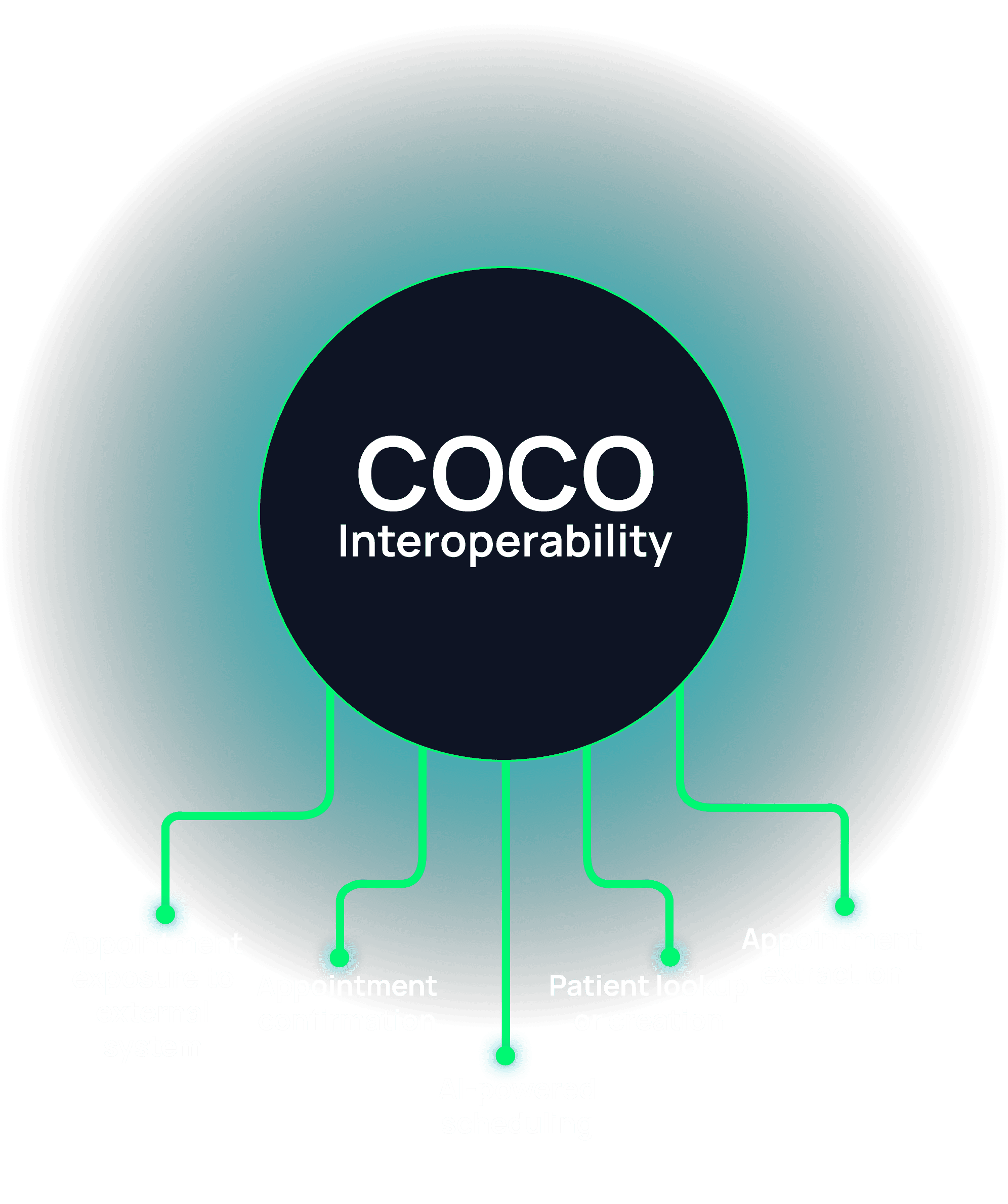




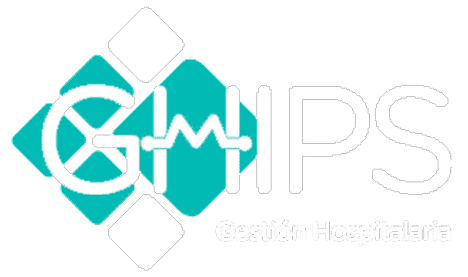
In operational costs
In canceled surgeries
Real-time metrics for better decision-making


Automate appointment scheduling for clinics and hospitals with 24/7 self-service channels through the web and WhatsApp. Patients can easily book, reschedule, or cancel appointments anytime, reducing call center and front desk workload. COCO also minimizes no-shows with automated reminders via WhatsApp, voice calls, and SMS.
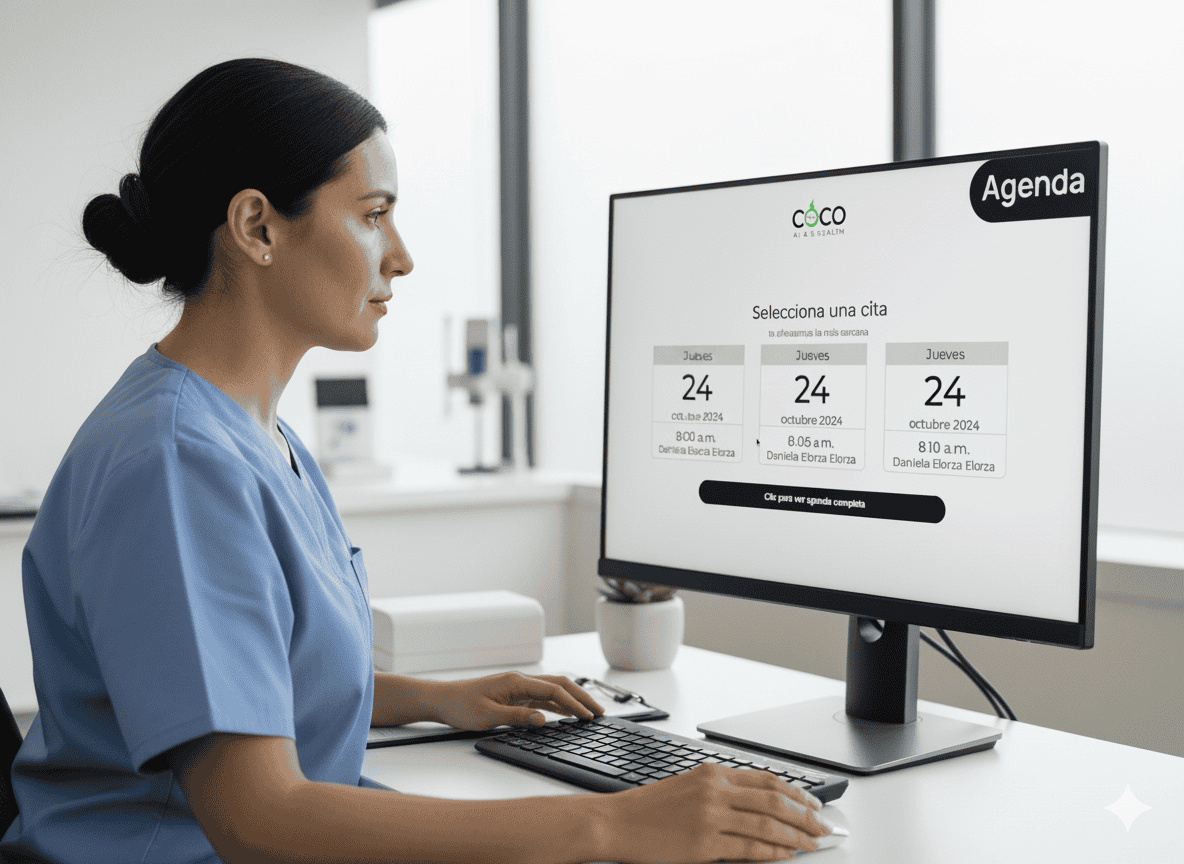
Access the country’s top healthcare providers from a single platform. Book your medical appointment easily, 24/7, with in-person, virtual, or at-home care — all without waiting in line.

High-quality care from anywhere: direct links, automated reminders, and optimized scheduling for more daily consultations, fewer cancellations, and reduced operational workload. We integrate electronic health records, digital consent, and full traceability with compliance across Ibero-America, helping you expand coverage, boost productivity, and lower costs — all without lines or waiting rooms.

Organize your waiting rooms with COCO’s Appointment System: traffic-light indicators, audio and screen notifications, real-time exam room updates, and accessibility for all. Reduce waiting times, avoid repeated calls, and boost productivity at every location.
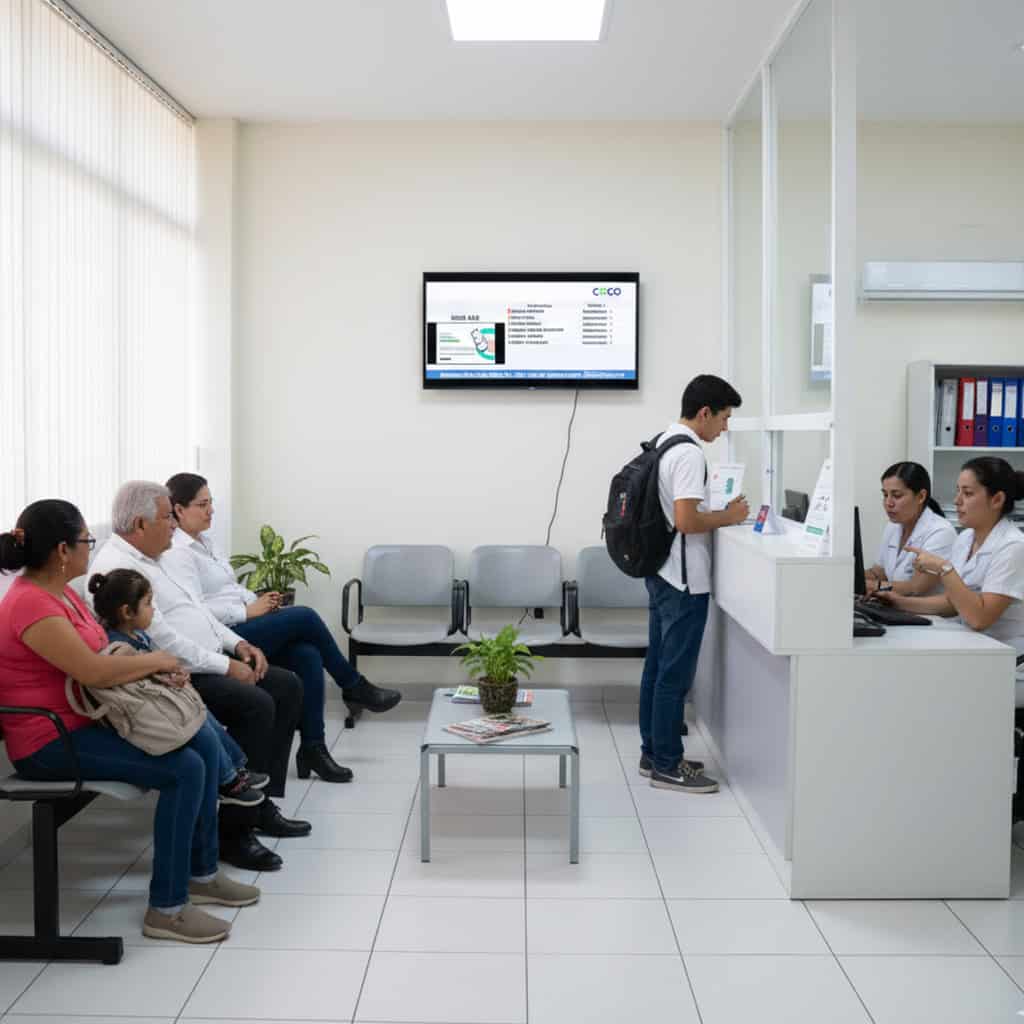
COCO centralizes scheduling and coordination of operating rooms, staff, supplies, and vendors in a single platform. It prevents scheduling conflicts, minimizes cancellations, and speeds up decision-making with a fully automated surgical workflow, enhancing efficiency and financial outcomes.
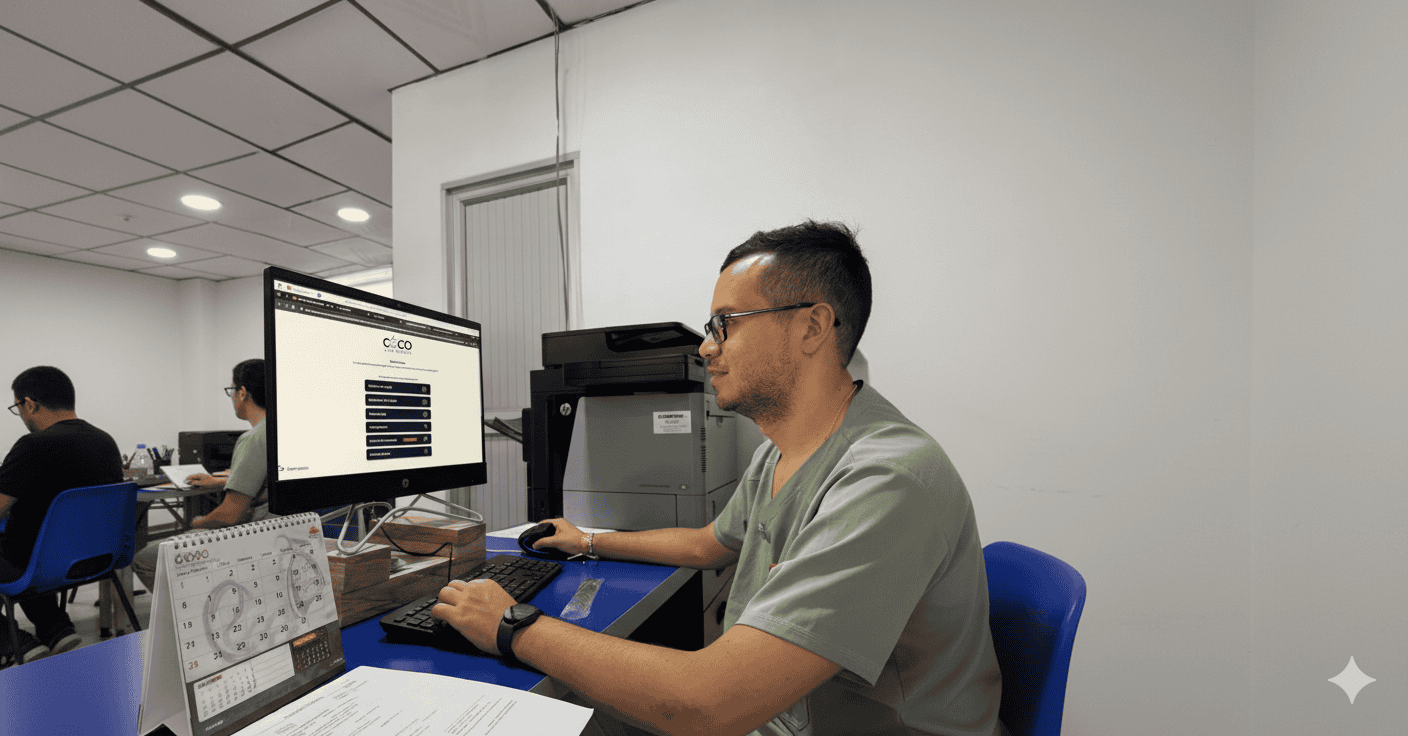
Struggling to engage your populations with preventive campaigns? COCO’s Protective Networks unify data, strategy, and mass communication to manage populations end-to-end. Choose predefined workflows, manage your database, activate WhatsApp campaigns, and track real-time metrics — all from a single dashboard.

We support patients throughout their entire appointment journey, providing full scheduling visibility and traceability for your institution.
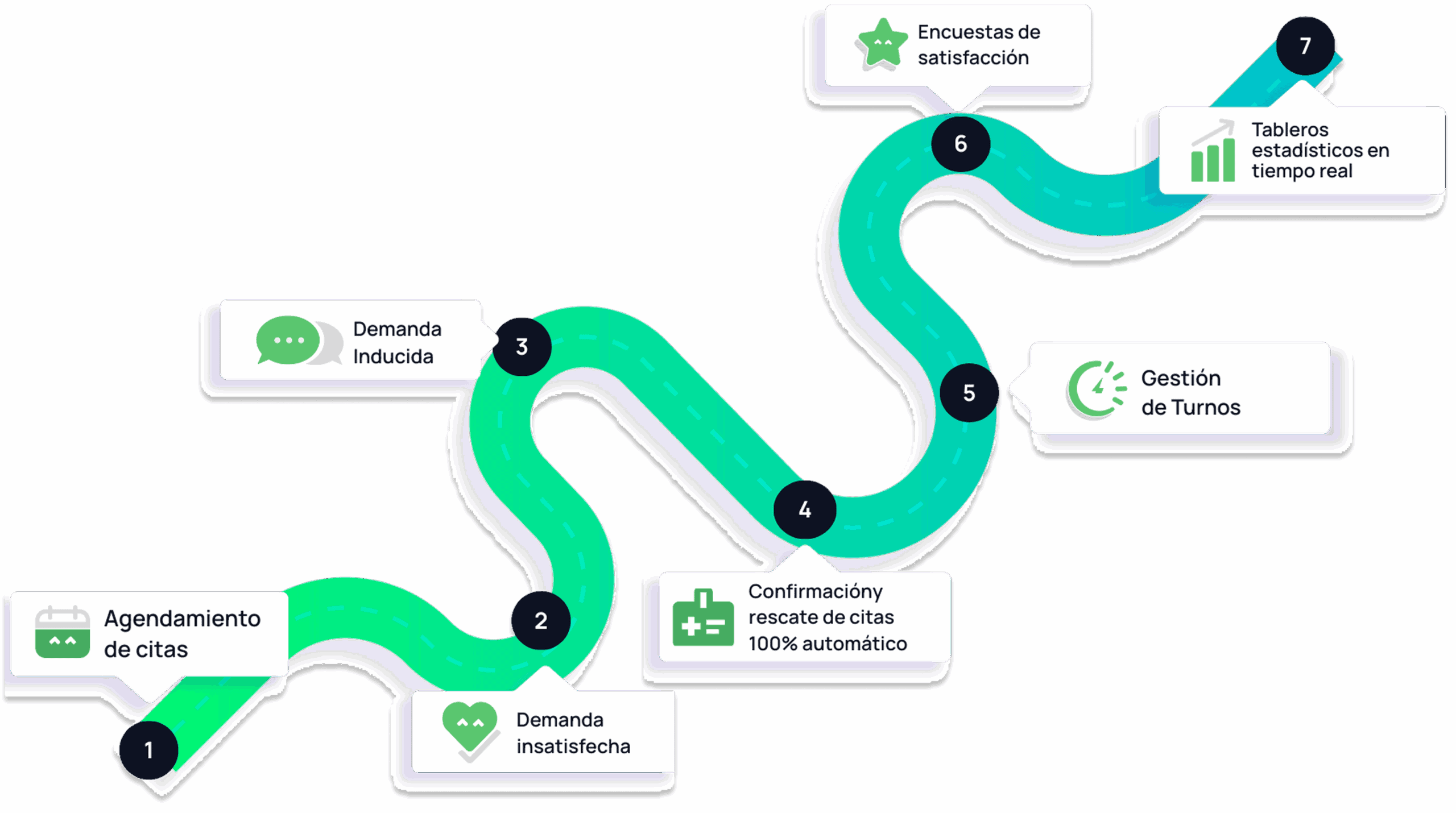
and our clients say so too

Risk Management Director COOPSANA IPS

Assistant Director
HOSPITAL UNIVERSITARIO SANTANDER

Manager
Pinares Mind
& Health

Coordinator
Clínica
la Misericordia


Our certifications and recognitions validate our commitment to innovation, reliability, and transforming the healthcare sector.


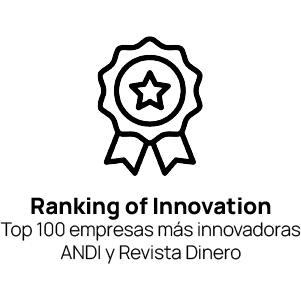
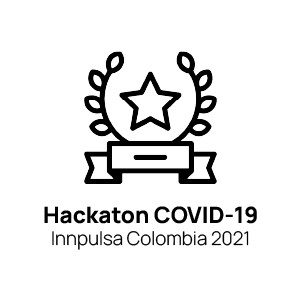




Reduce no-shows, increase capacity, and boost EBITDA.

